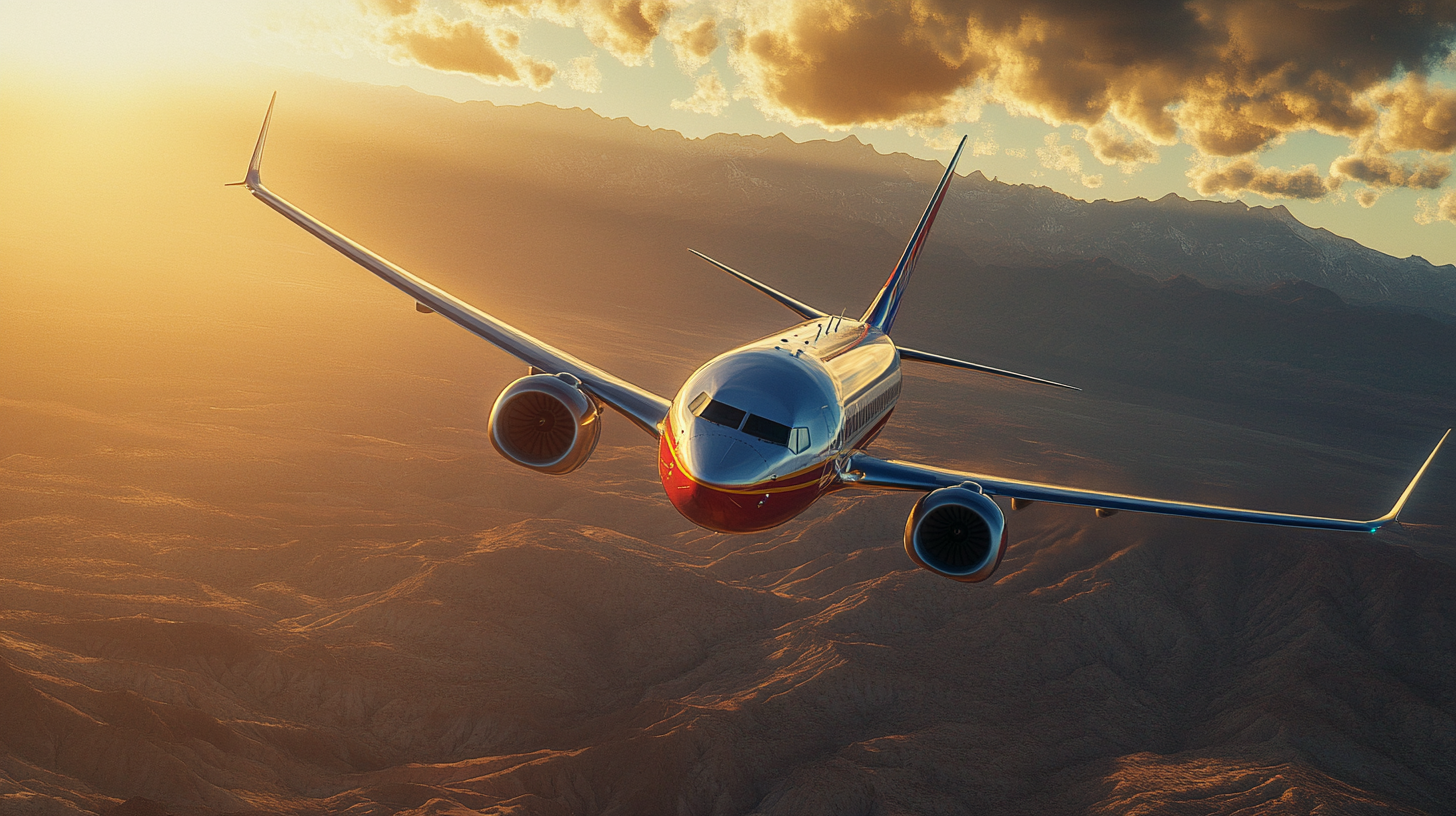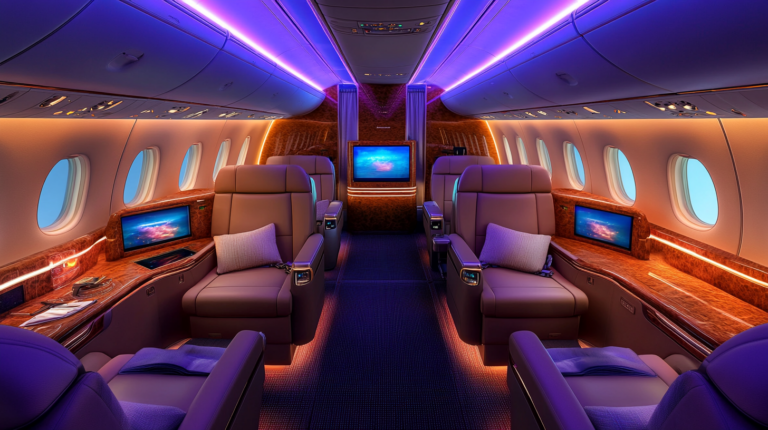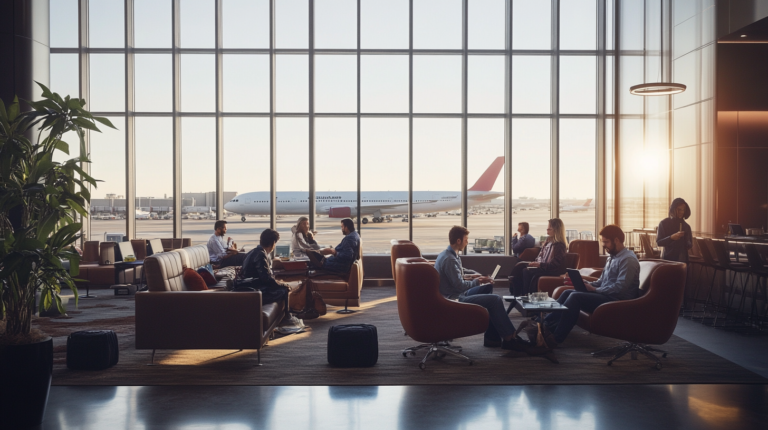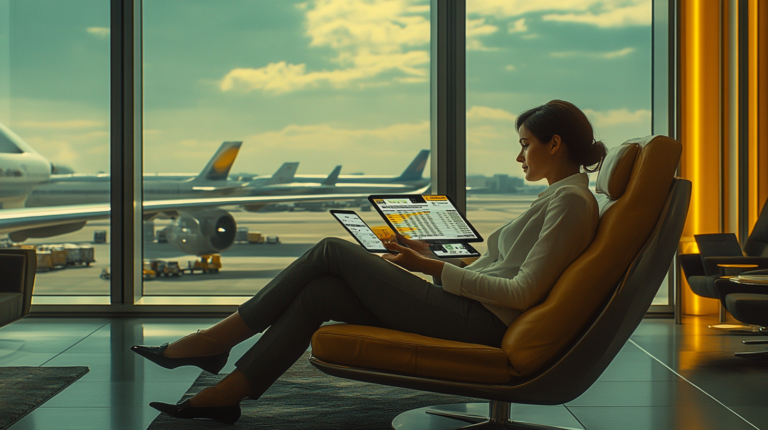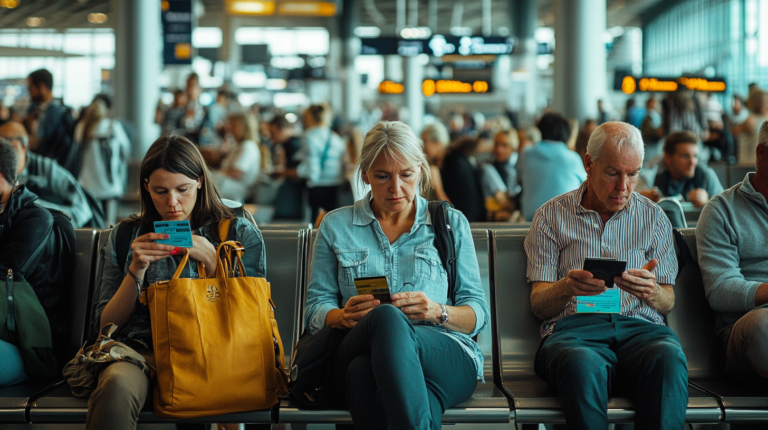Southwest’s 737 MAX: Next-Gen Upgrades for Frequent Flyers
1. Modernized Cabin Features

I’ve noticed that Southwest Airlines is refreshing its fleet with new Boeing 737 MAX jets, including the MAX 7 and MAX 8. Each MAX 8 typically offers 175 economy seats at a 32-inch pitch, adjustable headrests, and a Boeing Sky Interior complete with LED lighting and pivoting overhead bins. While there are no personal seatback screens, the design supports personal devices, keeping the cabin feeling open and modern.
In my own travels, I’ve found that the pivoting overhead bins are a genuine game-changer. Not only do they offer more headroom, but they also ease the boarding process by providing straightforward access to carry-on luggage. According to industry data from 2024, better-designed bins like these can cut down boarding time by as much as 30%, which means less time in line and more time settling in.
I’ve also observed that the LED mood lighting in the Boeing Sky Interior sets a soothing tone, especially on crack-of-dawn or late-night flights. While some travelers miss having in-seat screens, Southwest seems determined to optimize Wi-Fi performance and personal device usage. This strategy helps the airline keep fares competitive while staying in step with passengers who rely on their own smartphones or tablets for in-flight entertainment.
2. Fuel Efficiency and Range
I’ve come to appreciate how Southwest’s single-fleet strategy—focused solely on the 737 family—streamlines its operations, training, and maintenance. Their new 737 MAX planes generally offer around a 14% improvement in fuel burn over the older 737-800 models, which not only lowers carbon emissions but also gives the airline the freedom to extend its routes. A recent study from the U.S. Department of Transportation supports that such fuel-efficient aircraft can play a big role in helping airlines maintain profitability while reducing environmental impact.
This enhanced fuel performance has paved the way for longer routes, including Southwest’s service to Hawaii, which has gained quite a following among vacationers. As of early 2025, nearly half of Southwest’s fleet is projected to be from the MAX series, making it even easier for them to keep a robust point-to-point network. From my perspective, these developments mean less chance of an aircraft swap and more consistency across your flights, even when visiting secondary airports.
On top of that, according to Boeing‘s 2024 industry data, improved aerodynamics and high-bypass turbofan engines in the MAX series are key contributors to the fuel savings. Personally, I’ve noticed smoother climbs and less cabin noise when flying on these jets, which adds yet another layer of comfort to the overall experience.
3. In-Flight Experience
Whenever I’ve flown Southwest’s 737 MAX, I’ve enjoyed the satellite Wi-Fi that’s available for an $8 daily device fee. This system lets you stay connected from gate to gate, sending emails or even streaming your favorite shows on personal devices. On my recent flights, complimentary streaming TV, movies, and curated music have kept me nicely entertained, thanks to partnerships with brands like Beats.
Inflight service follows Southwest’s characteristic style: free non-alcoholic drinks and light snacks (pretzels, anyone?) and the option to buy alcoholic beverages. Although the airline uses an open seating approach, I’ve learned a strategic check-in can secure preferred seats, especially if you want that extra room in row 16A/F. However, if you like gazing out the window, watch out for rows 10A, 11A, and 11F, which may lack windows. Industry review sites show an average rating around 4.05 out of 5 from hundreds of passenger evaluations, underscoring how well these onboard offerings hit the mark for a budget-friendly carrier.
Based on firsthand observations and traveler feedback, Southwest’s in-flight ambiance stands out for its friendliness and efficiency. Though the airline doesn’t provide a business-class cabin, I see its open-seating formula and comfortable seat pitch winning over budget-conscious flyers. In 2025, passenger preferences vary widely, but if you’re looking for simple amenities coupled with reliability, it’s hard to go wrong here.
4. Orders, Delays, and Fleet Management
From what I’ve gathered, Southwest has big plans to bolster its MAX fleet—aiming for a total of 780 aircraft by 2031 with a hefty order of 108 additional MAX 7 jets. These moves highlight the airline’s faith in the MAX platform to meet both operational needs and consumer expectations. Yet, 2023 saw considerable disruption as labor strikes and supply chain gridlocks limited deliveries to just 20 planes. When I chatted with a few industry insiders, they pointed out that these troubles extended beyond Southwest, affecting multiple carriers relying on the 737 MAX series.
As of 2025, ongoing delays may lower the airline’s anticipated plane count from 86 to around 73, prompting agile responses like board adjustments and even voluntary separations. Multiple aviation media outlets confirm that these are proactive measures to keep Southwest financially sound if further delays hit. In my view, it’s prudent planning: staying financially nimble allows them to react quickly to shifting market conditions without compromising service quality.
Though it’s been a bumpy ride logistics-wise, I sense that Southwest remains steadfast about its long-term aircraft strategy. With every new MAX that arrives, the airline inches closer to its vision of an all-737 MAX future. For frequent flyers, that translates to more chances of scoring a seat on these upgraded jets, boosting the odds that each journey meets the modern standard we’ve come to expect.
5. Future Seating and Boarding Changes
Open seating has long been Southwest’s hallmark, but they’re aiming to shake things up by introducing assigned seating in 2026. In my opinion, this is a significant pivot that might appeal to travelers who prefer a guaranteed spot in advance. I’ve seen many families—or those with tight connections—breathe easier knowing their seats are locked in. Meanwhile, the airline is also exploring premium offerings such as additional legroom rows on select aircraft, which could be a boon for passengers who are willing to pay for more comfort.
With the MAX 7 designed for both long-range routes and fewer passengers, Southwest can diversify its network reach without complicating training protocols further. Smaller MAX 7 aircraft can serve niche destinations—maybe those hidden-gem airports that leisure travelers love—without the complexities of new plane types. According to FAA scheduling data, airlines that stick to a single fleet type can cut operational mishaps by up to 20%, which is good news for timeliness and reliability.
While it’s true that times are changing, I believe Southwest’s customer-centric approach will remain intact. The move toward assigned seating simply reflects the evolving preferences among frequent flyers. By 2025, more travelers expect the flexibility to choose their seats while still enjoying Southwest’s straightforward boarding policies. It’s this blend of tradition and innovation that keeps Southwest so firmly in the game.
Final Thoughts
For me, the Boeing 737 MAX represents a next-gen leap in comfort, range, and efficiency, all wrapped in Southwest’s easygoing style. The airline’s strategy of sticking to the 737 family has proven adaptable, whether it’s pursuing new routes or refining seating policies to match changing passenger demands.
As fresh cabin designs, fuel-efficient engines, and evolving service features continue to roll out, I see Southwest further strengthening its position among budget-friendly carriers. Although recent delivery headaches have caused some turbulence, the airline’s overarching commitment to providing a pleasant, reliable ride remains unwavering.
Barry B.’s Take
From my vantage point, these upgrades hit the sweet spot between innovation and accessibility. The 737 MAX is modern enough to keep travelers comfortable for longer hauls, and it allows Southwest to keep running with minimal operational hiccups. If efficiency and user-friendly vibes top your priority list, the next time you board a Southwest 737 MAX, you’ll probably feel right at home.
I’m also intrigued by the plan to introduce assigned seating; it signals that Southwest is ready to adapt without straying too far from its open-seating roots. As someone who values flexibility, I welcome the chance to pick my seat while still enjoying the airline’s unique culture.
Stop by milesBUZZ for the latest flight tricks and travel news!

